-
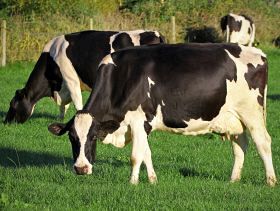
Dairy markets teetering, Rabobank
Dairy markets are teetering at levels not seen since 2014 Weather-related issues decimated Oceania’s peak production, and margin erosion in the US and Europe stymied growth, resulting in a year-on-year deficit that was too deep for favourable milk production gains in South America to offset, repo...Read more -
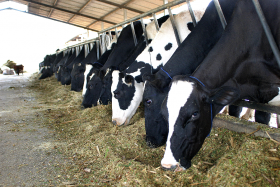
Cow’s digestive system influences human’s vitamin B12 intake
Milk is the main source of vitamin B12 consumption for Canadians. A glass of cow’s milk contains about 46% of the daily-recommended dietary intake of vitamin B12 for adults. But what factors influences the concentration of B12 in a glass of milk? Turns out, what cows eat and how they digest it ca...Read more -

China to stabilise grain production, ensure livestock supply in 2022
Food security is a growing issue China will stabilise corn production and expand soybean output in the new year to ensure grain security, the Communist Party’s People’s Daily quoted the agriculture minister as saying on Monday. “Safeguarding supply security of grains, and import...Read more -
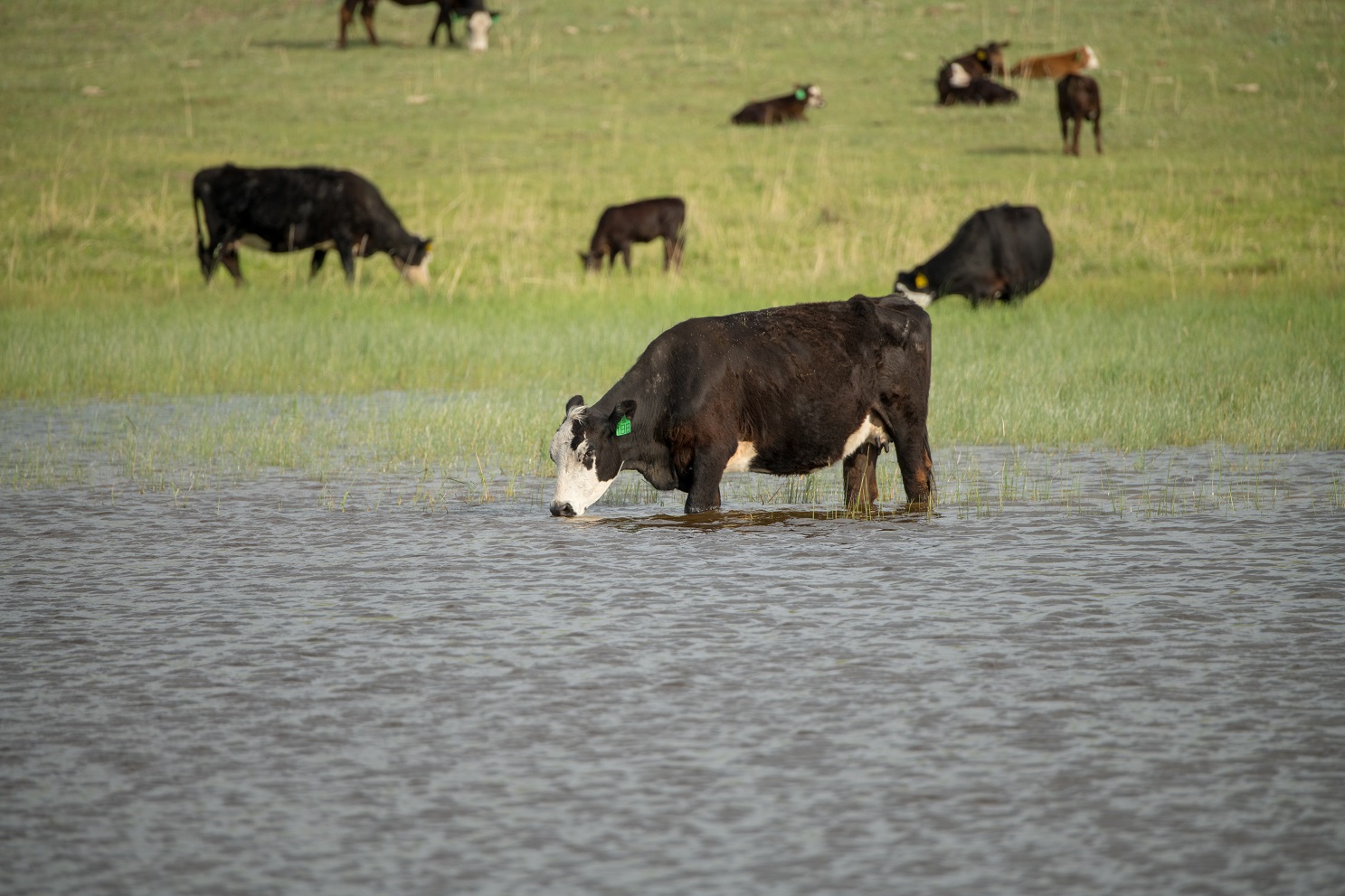
Annual Cow Costs – The Big Three
When looking at annual cow costs and doing an economic analysis, three categories tend to make up the largest percentage of total costs: feed, labor/equipment and cow depreciation. Other expenses occur, such as breeding expense and veterinary costs, but they tend to be significantly less than the...Read more -
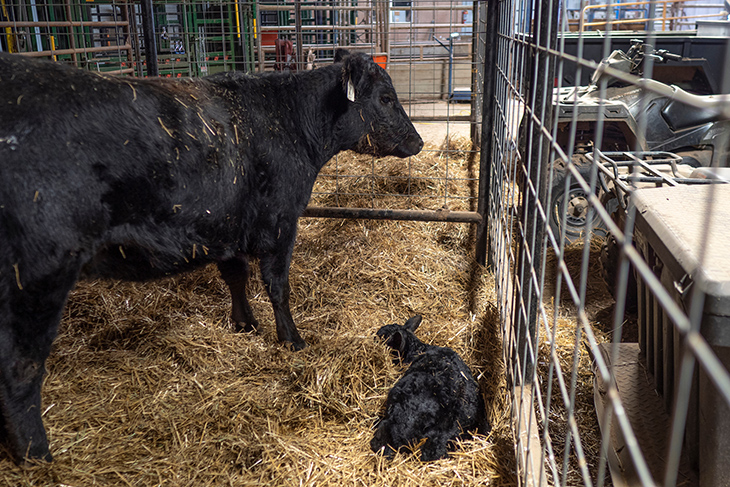
A backwards calf will need assistance at birth
Cow-calf producers should review how to help their livestock through a difficult calving beforehand, said Oklahoma State University experts. Most calves are born headfirst with their front feet extended, but a few are positioned backward and might not survive without help. “A cow that is in early...Read more -
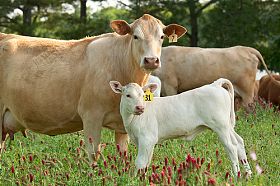
World Antibiotic Awareness Week Key takeaways from new FAO report to reduce livestock antimicrobial use through nutrition
The FAO invited four experts from around the world, including me, to write a paper focused on how nutrition can help reduce antibiotic use. I welcomed this opportunity to collaborate with co-authors Prof. John Patience from the Iowa State University in the USA, Prof. Defa Li from the China Agricu...Read more -
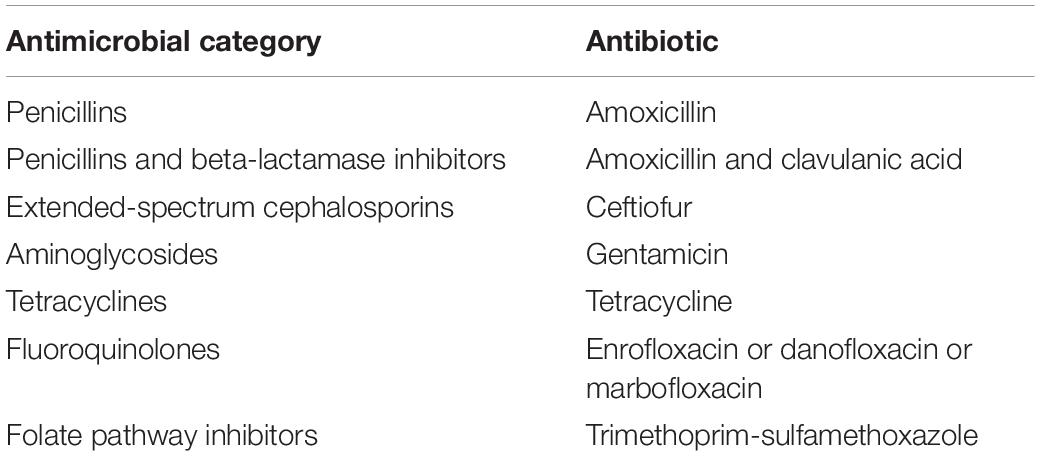
Co-resistance to Amoxicillin and Tetracycline as an Indicator of Multidrug Resistance in Escherichia coli Isolates From Animals
Objectives: To examine the relevance of co-resistance to amoxicillin and tetracycline as an indicator of multidrug resistance (MDR) in animal health. Methods: Escherichia coli isolates collected between 2012 and 2016 by the French surveillance network for antimicrobial resistance in diseased anim...Read more -
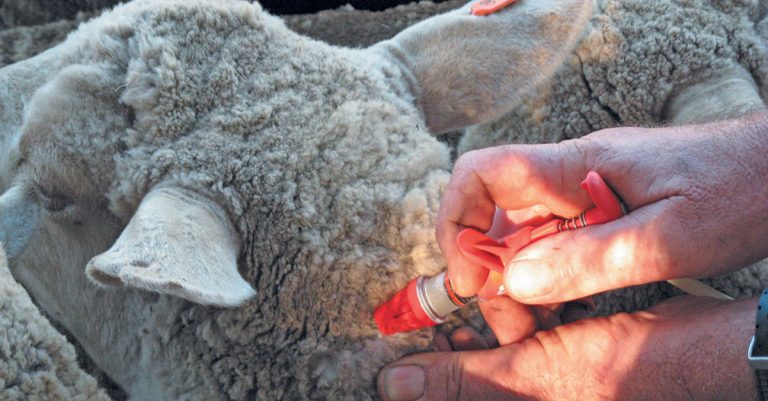
Why vaccines are so important for your animals
Many medications are available for treating diseases and other problems, such as worms, in livestock. But by far the most important treatment you can give your animals is vaccinations against the diseases that occur in your area. Shane Brody explains why vaccines are different to other medicines,...Read more -
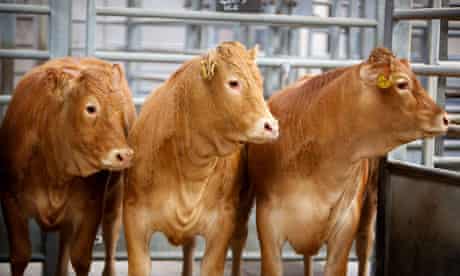
Tuberculosis in cattle
Tuberculosis (TB) can occur in many animals (cattle, sheep, goats, chickens, pigs, dogs, and wildlife such as lions, baboons and buffaloes), but this article focuses mainly on TB in cattle, which is termed bovine TB. Bovine TB is not only sometimes fatal, but also contagious, and it can spread to...Read more -
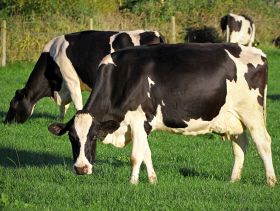
The digestive system of cows influences human’s vitamin B12 intake
Milk is the main source of vitamin B12 consumption for Canadians. A glass of cow’s milk contains about 46% of the daily-recommended dietary intake of vitamin B12 for adults. But what factors influences the concentration of B12 in a glass of milk? Turns out, what cows eat and how they digest it ca...Read more -
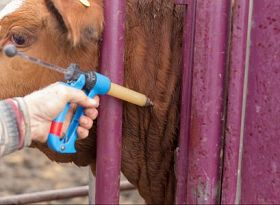
The Cost Benefit Of Using Vaccines In Beef Cattle
Vaccination is a proven tool for disease prevention. Vaccination recommendations vary by region and by farm as the environment, production, and management practices can increase or decrease the amount of risk cattle are exposed to. Disease exposure occurs in numerous places including community pa...Read more -
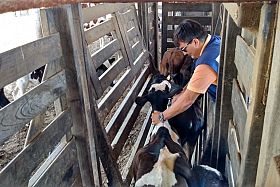
Second stage of Brazil’s campaign against FMD started Nov 1
The second stage of Brazil’s national vaccination campaign against foot-and-mouth disease in 2021 started November 1st, according to the Brazil’s Ministry of Agriculture. At this stage, about 78 million bovines and buffaloes up to 2 years of age should be vaccinated. Vaccination will ...Read more -

SARS-CoV-2 variant detected in dogs and cats with suspected myocarditis
A new study in the Veterinary Record reveals that pets can be infected with the alpha variant of SARS-CoV-2, which was first detected in southeast England and is commonly known as the UK variant or B.1.1.7. This variant rapidly outcompeted pre-existing variants in England due to its increased tra...Read more -
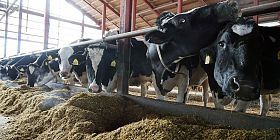
Rumen additive and controlled energy benefit dairy cows during dry period
Getting nutrition right during a dairy cow’s dry period can make a big difference to her health and the health of her calf. But it’s also a key contributor to her milk yield after calving. New research from the University of Illinois shows diets containing consistent energy levels and the rumen-b...Read more -
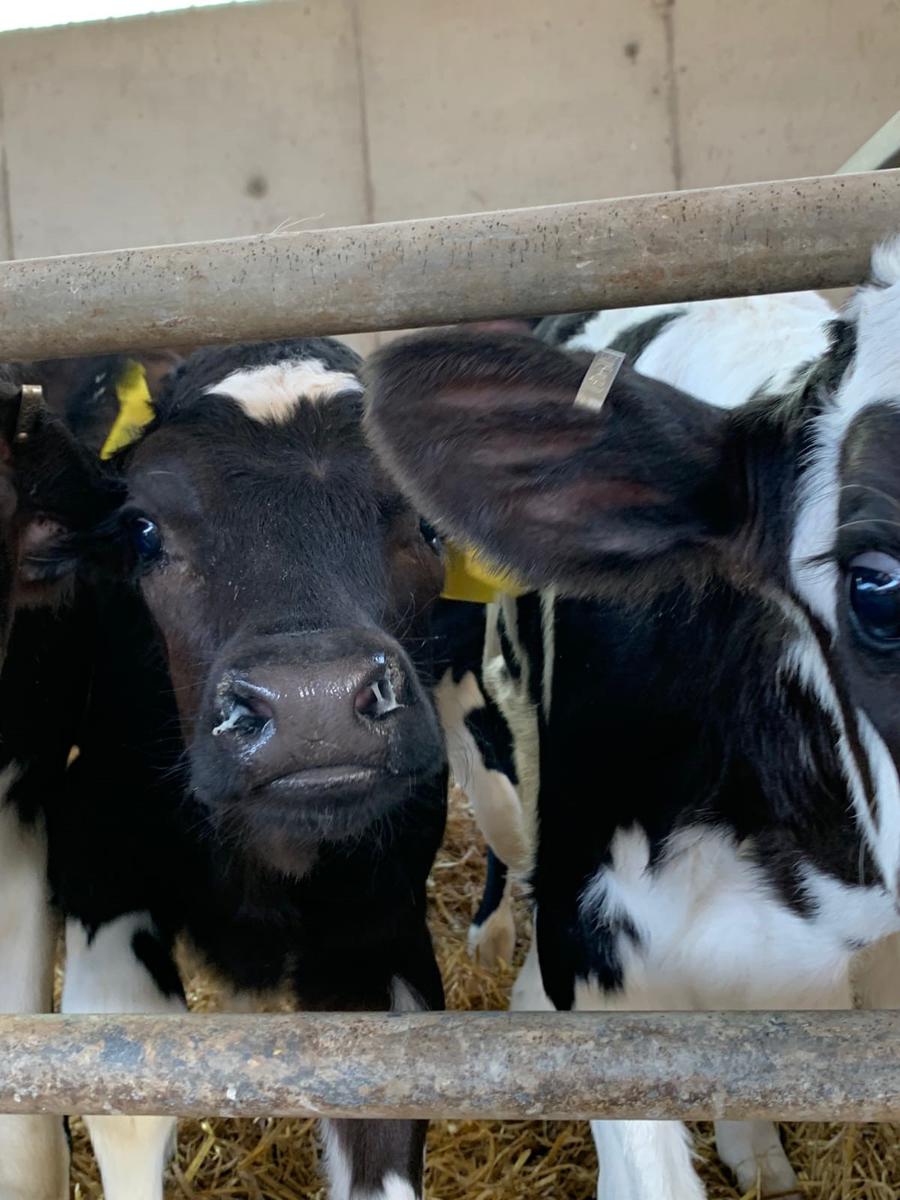
RH&W unveils bold plans to eradicate BVD and sheep scab by 2031
The livestock industry has set out bold ambitions to eradicate sheep scab and Bovine Viral Diarrhoea (BVD) by 2031, among other goals, following a Ruminant Health and Welfare (RH&W) workshop held on 29 June. The workshop included over 70 leading farmers, vets, researchers and industry stakeho...Read more -
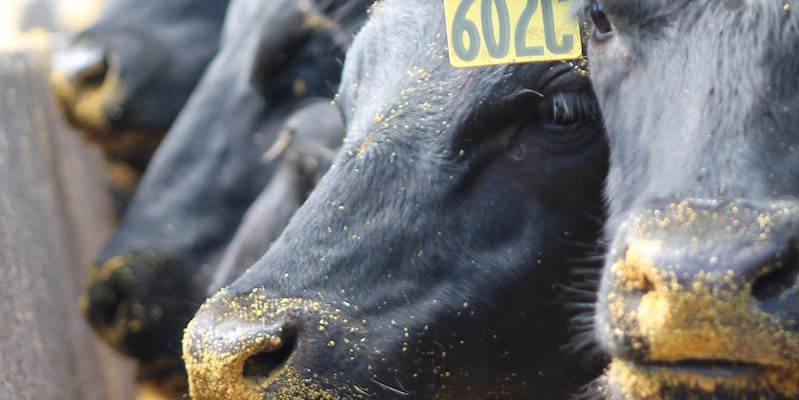
Progressive limit feeding can impact profitability
To help keep cattle healthy as they enter a feedlot, producers often feed less, or “limit-feed,” for a short time to allow the animal to adjust to the feedlot diet. The new research looks at the concept of progressively reducing feed intake throughout the diet-transition period, with the goal of ...Read more -

New Arrival: Avermectin Pour-on Solution
Composition: Avermectin B1 Character: This product is a colorless to slightly yellow & viscous transparency liquid. Indication: Antibiotics. It is indicated for the treatment of nematodes, mites and parasitism worm in dog and cat. Usage and Administration: Pouring or rubbing: 0.1ml/ kg B.W....Read more -
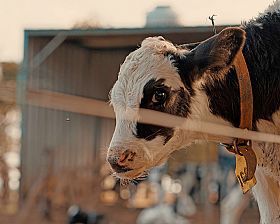
Next-gen sequencing diagnoses 1st US case of boosepivirus
Dr. Leyi Wang, an internationally recognized veterinary virologist, found several common culprits for the gastrointestinal illness: Escherichia coli, cryptosporidium, and Clostridium perfringens. He also looked for, and found, bovine kobuvirus, which is not presently on the list of “usual suspect...Read more -

One Health Approach Reveals the Absence of Methicillin-Resistant Staphylococcus aureus in Autochthonous Cattle and Their Environments
Antimicrobial resistance represents one of the greatest challenges of the twenty-first century, and it is globally recognized that addressing this problem requires a concerted One Health approach involving humans, animals, and the environment. Methicillin-resistant Staphylococcus aureus (MRSA) cu...Read more -
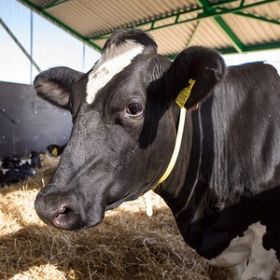
New udder inflammation indicators provide insight in how cows recover from the disease
Mastitis or udder inflammation is a common production disease in dairy herds, causing compromised animal welfare and entails economic losses for the farmer. Now, a new article on different udder inflammation indicators provide insight into the differences in dynamics of udder inflammation indicat...Read more -
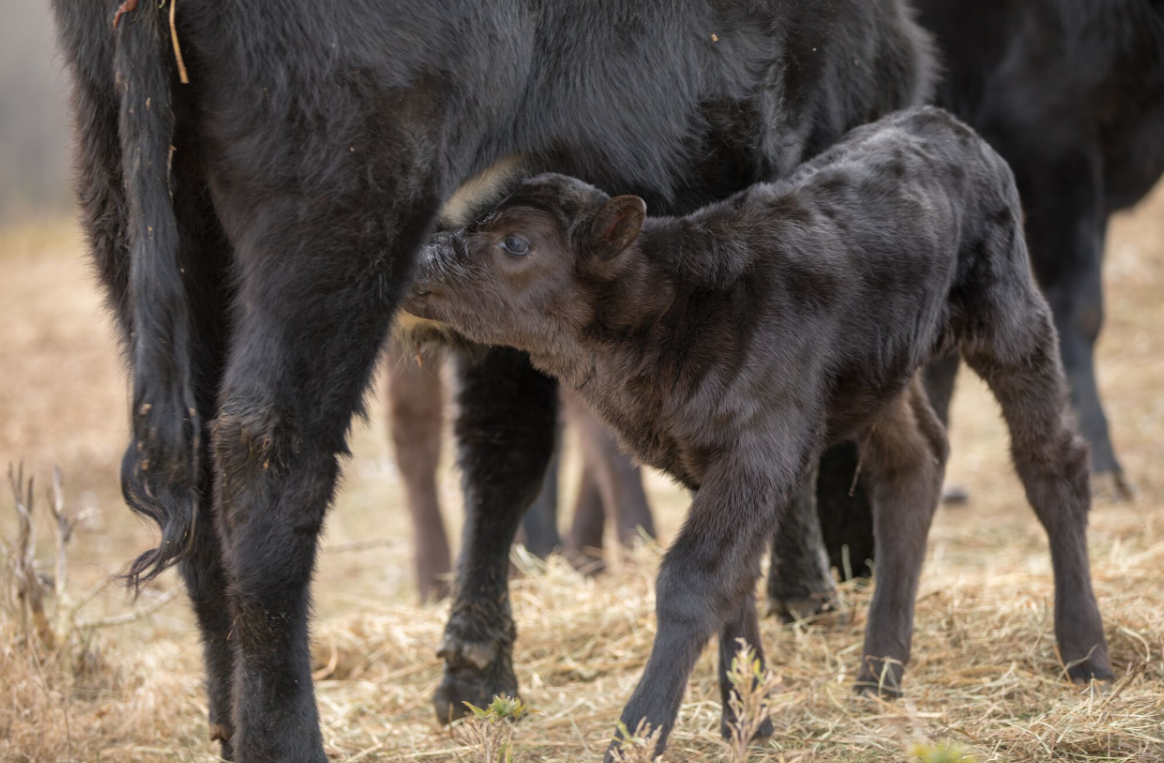
New study shows that metabolic testing could improve fertility in beef herds
Metabolic profile (MP) testing is commonly used in dairy herds to investigate the nutritional status of pre-calving and early lactation cows, but its uptake among beef producers has been slow. In the study, researchers found the MP testing can highlight nutritional issues in beef cattle that coul...Read more -
Control of Antimicrobial Resistance Requires an Ethical Approach
Ethical behavior encompasses actions that benefit both self and society. This means that tackling antimicrobial resistance (AMR) becomes an ethical obligation, because the prospect of declining anti-infectives affects everyone. Without preventive action, loss of drugs that have saved lives over t...Read more -
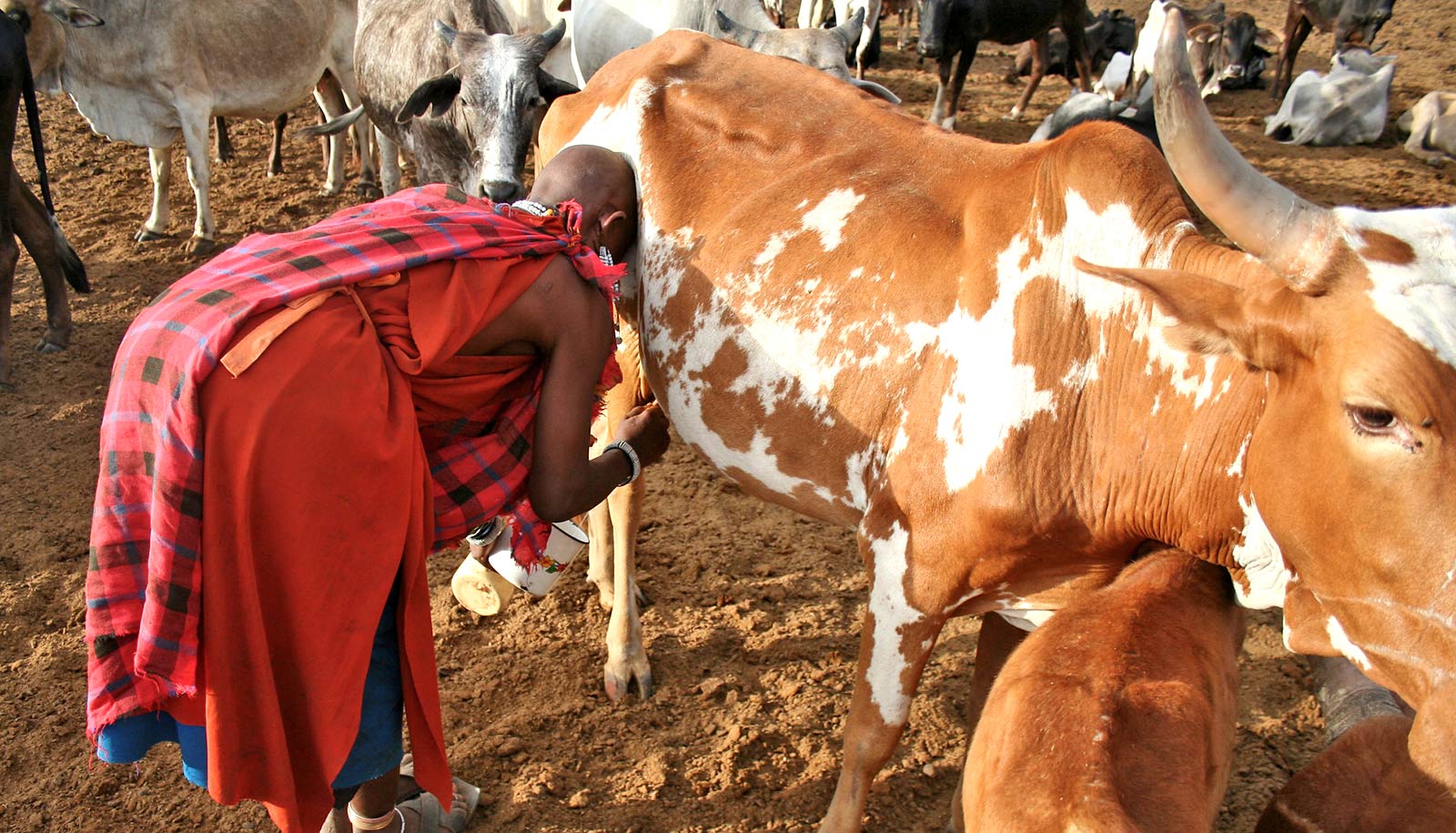
Moving milk in East Africa
Last week marked my first time in Kenya. I experienced the work that Heifer International is leading with the East Africa Dairy Development Project (EADD) in Tanzania, Kenya and Uganda. In this project, approximately 315,000 dairy farmers—with two or three cows each—are learning new ways to impro...Read more -
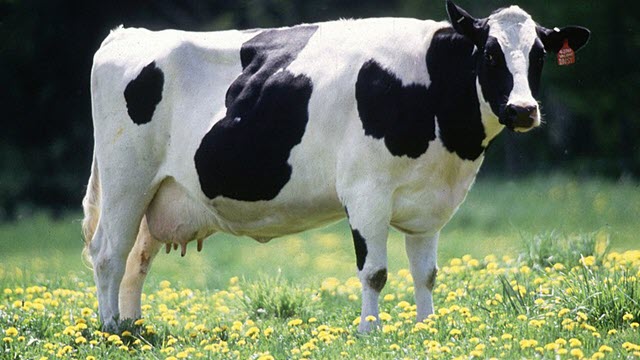
Milking opportunity in the foothills of Mount Kenya
When Simon and Sylvia Kiruja started their farm three years ago, they never imagined it would get so big they would need a bigger plot. Their 3 cows used to bring them 7 litres of milk a day. Today, their 45 cows deliver more than 250 litres daily, contributing around US$1,700 monthly depending o...Read more

